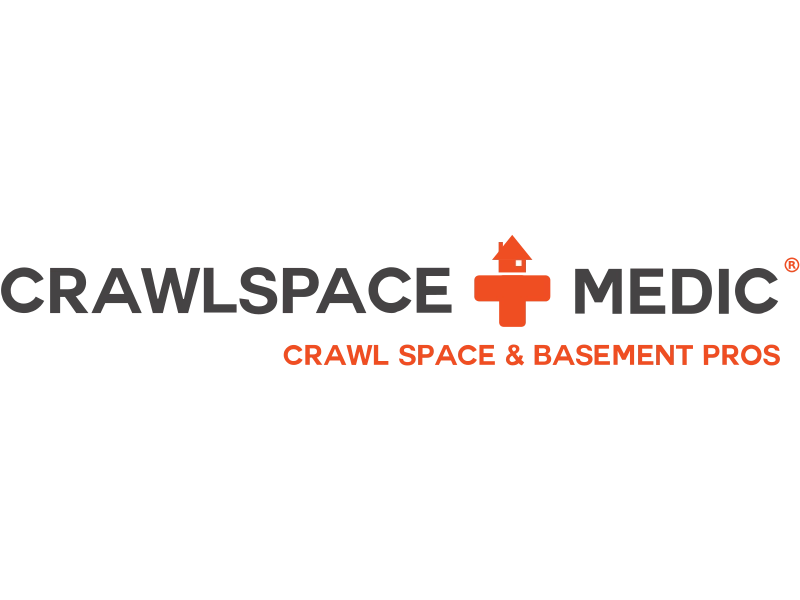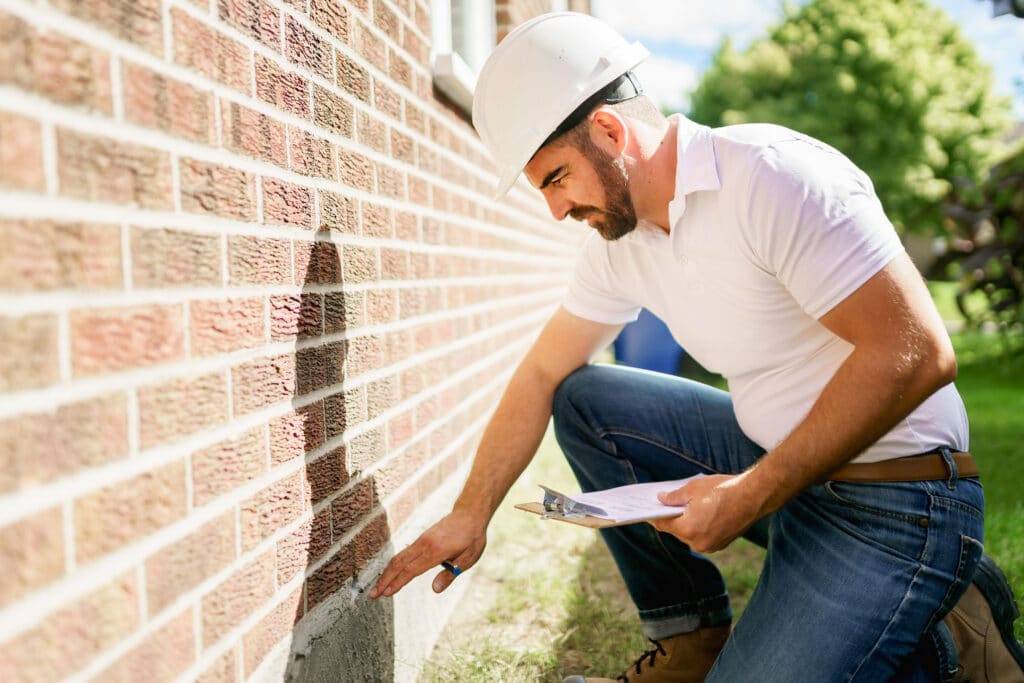Common Causes of Foundation Problems in Chesapeake
Foundation issues have several possible causes. Here are the most prevalent ones for Chesapeake residents:
- Standing water: Standing water around your home can harm your foundation's integrity, especially when it gathers in areas your gutters don't cover.
- Improper modifications: Landscaping or roofing work that wasn't done to standard could lead to your foundation settling.
- Aging plumbing: The average Chesapeake home construction year is 1980. If you live in an older home, it's likely to have cast-iron plumbing. When the pipes start eroding, leakage could reach your foundation and even pool beneath it.
- Soil composition: Soil with large clay or sand concentrations is highly expansive. In the heavy rainfall Chesapeake experiences, the soil soaks up moisture like a sponge, then releases it in dry seasons. The constant expansion and contraction presses against nearby foundations, even if the foundations stay dry.
- Tree Roots: Tree roots can enter a home's foundation through cracks, and may create stress that causes your foundation fracturing, pipes being damaged, and overall structural deterioration.
How to Choose the Best Foundation Repair Company
Choosing a foundation provider doesn't have to be challenging. We encourage you to jot down what you expect most in a contractor, then evaluate each contractor on your shortlist against these attributes.
Licensing and Experience
The Virginia Department of Professional and Occupational Regulation issues licenses to foundation repair companies. The license a company has determines what work it can do and what size projects it can handle. You can also get a sense of a company's experience through the details its representatives share. Inquire about its inspection processes, local building regulations, permit-pulling procedures, and fees.
One of the easiest ways to assess a company's reputation is to visit its website. Look for the company's years in business and what credentials its team holds. Many well-known companies provide educational content for prospective customers.
Customer Reviews
Before committing to a company, examine its online profile with the Better Business Bureau (BBB). You can examine both positive reviews and complaints. Complaints don't mean a contractor is unreliable. BBB reviews show how the company dealt with complaints. It's a good sign if the company has resolved issues favorably and proactively. You should steer clear of a company with numerous negative reviews, no credentials, and no communication regarding issues.
Foundation Repair Cost in Chesapeake
The cost of foundation repair can differ significantly based on the scale of the problems and what needs to be done to fix them. For minor foundation cracking and settling problems, you may pay as little as $1,800. However, if there is considerable damage, the normal cost will be around $2,400. More intricate jobs involving excavation, helical piers, or extensive concrete leveling could run you $6,700. See below the average foundation repair costs for common issues.
| Common Foundation Repair Services | Average Cost |
|---|---|
| Crack Repair | $300 |
| Leak Repair | $2,329 |
| Stabilization | $3,975 |
| Underpinning | $1,153 |
| Waterproofing | $2,564 |
Ready to Get a Quote on Your Foundation Repair Project?
Please enter a valid 5-digit zip code!
Frequently Asked Questions About Foundation Repair in Chesapeake
How much does foundation repair cost in Chesapeake?
How long does foundation repair usually take?
Is foundation repair covered under my homeowners insurance?
What preventive measures can I take to avoid foundation issues?
- Make sure your home's gutters and downspouts are properly installed and direct water away from your foundation to prevent water accumulation.
- Irrigate the soil around your foundation evenly, especially during dry spells, to prevent shrinking and expansion.
- If possible, grade the soil around your home to angle away from your foundation, encouraging water drainage and minimizing the risk of foundation issues.
- Keep an eye on your foundation for signs of damage, and fix any issues promptly.
To share feedback or ask a question about this article, send a note to our Reviews Team at reviewsteam@thisoldhousereviews.com.
More Foundation Resources
National Foundation Repair Ranking Methodology
Sources
U.S. Census Bureau (American Communities Survey)
















